Search Images
Browse Content (p. 461)
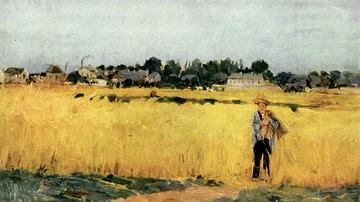
Image
Amongst the Wheat by Morisot
An 1875 oil on canvas painting, Amongst the Wheat, by Berthe Morisot (1841-95), the French impressionist painter. Painted at Genneviliers, an outer suburb of Paris and showing how the industry of city life was encroaching on rural life.
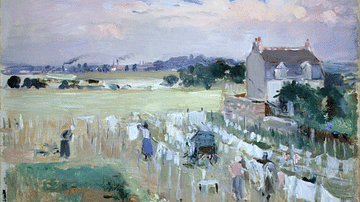
Image
Hanging the Laundry out to Dry by Morisot
An 1875 oil on canvas painting, Hanging the Laundry out to Dry, by Berthe Morisot (1841-95), the French impressionist painter. Painted in Gennevilliers, an outer suburb of Paris where new housing had recently been built. The painting is a...
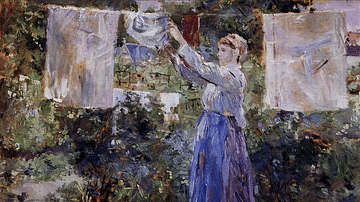
Image
Peasant Hanging the Washing by Morisot
An 1881 oil on canvas painting, Peasant Hanging the Washing, by Berthe Morisot (1841-95), the French impressionist painter. Depicting a scene from the banlieues of Paris where new housing was recently built for poorer families so that they...
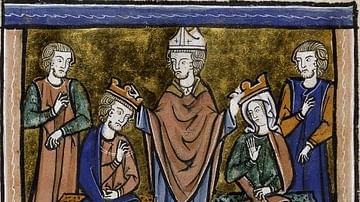
Image
Coronation of Melisende of Jerusalem
Coronation of Melisende of Jerusalem as depicted in the 13th-century French manuscript Fr. 779.
Bibliothèque nationale de France, Paris.
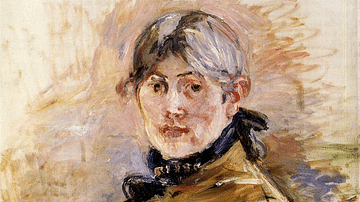
Image
Self-portrait by Berthe Morisot
An 1885 oil-on-canvas self-portrait by Berthe Morisot (1841-95), the French impressionist painter. The art world was still dominated by men in the 19th century, and for a respectable bourgeoise woman to show herself as an artist was highly...

Image
Katherine Pangonis
Image of Katherine Pangonis, the author of Queens of Jerusalem: The Women Who Dared to Rule.
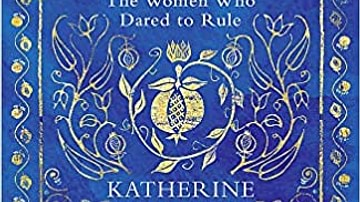
Image
Queens of Jerusalem: The Women Who Dared to Rule
Queens of Jerusalem: The Women Who Dared to Rule by Katherine Pangonis.
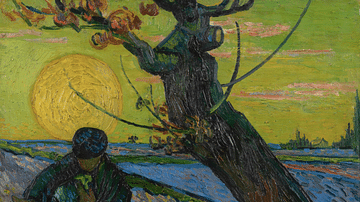
Image
The Sower by van Gogh
An 1888 oil on canvas painting, The Sower, by Vincent van Gogh (1853-90), the Dutch post-impressionist artist. Painted in November near Arles in southern France. Sowers are a recurring theme in the artist's work, seen by him as a symbol through...
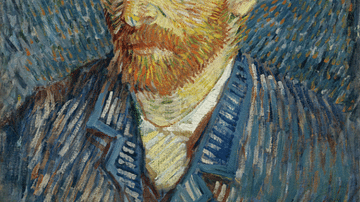
Image
Self-portrait with Grey Felt Hat by van Gogh
An 1887 oil on canvas painting, Self-portrait with Grey Felt Hat, by Vincent van Gogh (1853-90), the Dutch post-impressionist artist. Painted in September-October and showing the influence of the Pontillists Vincent had met in Paris. The...
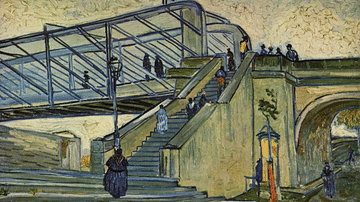
Image
Trinquetaille Bridge by van Gogh
An 1888 oil on canvas painting, Trinquetaille Bridge, by Vincent van Gogh (1853-90), the Dutch post-impressionist artist. Painted in October in Arles when the artist concentrated on urban scenes now the local greenery and colours in nature...